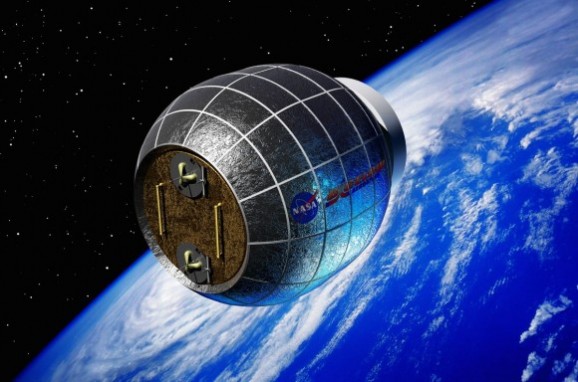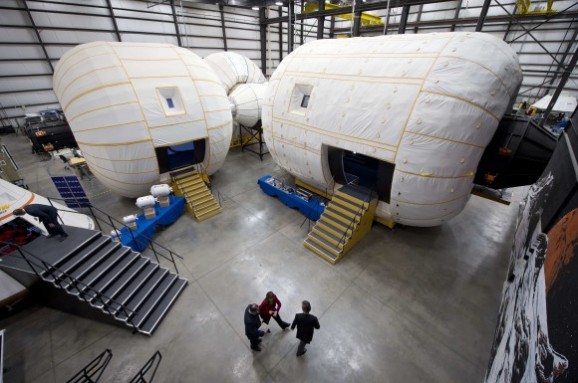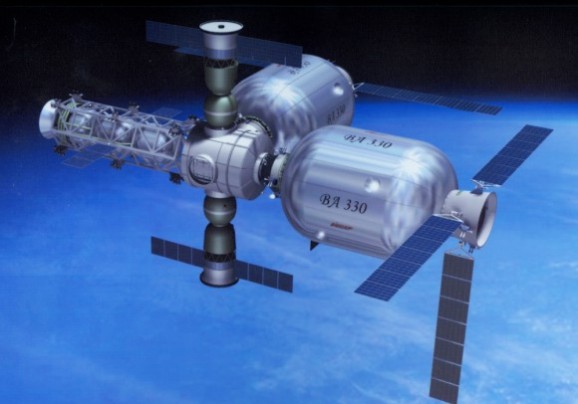ISS Is About To Get This Weird Sounding Expansion
 Inflatable rooms aren’t just for carnivals and massive house parties anymore. The ISS is about to get one as an addition to its existing digs. BEAM (Bigelow Expandable Activity Module) will be the first privately designed and built room or habitat to be used in space when it launches next year, appropriately hitching a ride with one of SpaceX’s Falcon 9 rockets.
Inflatable rooms aren’t just for carnivals and massive house parties anymore. The ISS is about to get one as an addition to its existing digs. BEAM (Bigelow Expandable Activity Module) will be the first privately designed and built room or habitat to be used in space when it launches next year, appropriately hitching a ride with one of SpaceX’s Falcon 9 rockets.
The habitat was conceived and constructed by Bigelow Aerospace, which won the $17.8 million contract last year. While private companies have taken over the space shuttle industry, this is the first such foray into habitat or room building for crewed systems. This is also a potentially important shift when it comes to the materials used to build space habitats, as an inflatable design would save lots of room.
 Once it gets to the station, a robotic arm will affix the 3000-pound BEAM onto a docking port on the Tranquility node. Astronauts will then begin the deployment and inflation, expanding the room into it’s full 13-foot-long, 10.5-foot-wide size. One of the ISS crew will then step inside and make history. I might send the robot in there first, just in case.
Once it gets to the station, a robotic arm will affix the 3000-pound BEAM onto a docking port on the Tranquility node. Astronauts will then begin the deployment and inflation, expanding the room into it’s full 13-foot-long, 10.5-foot-wide size. One of the ISS crew will then step inside and make history. I might send the robot in there first, just in case.
The idea of inflatable habitats isn’t new, but it is, as yet, untested. BEAM will stay in place for a few years as a means of assessing the practicality of inflatable habitats for low-Earth orbit. I really hope they fill it with multi-colored balls and start bouncing around. That would be both practical and awesome, though the lack of gravity might be an issue.
Two of Bigelow’s spacecraft are currently hanging out in low-Earth orbit and will monitor BEAM, particularly when it comes to the levels of radiation inside the inflatable room, which may be higher than the rest of the ISS. The question is, how much higher? Most structures in space are made of metal, so scientists are curious to see what happens with radiation, temperature, and the integrity of the basic design.













